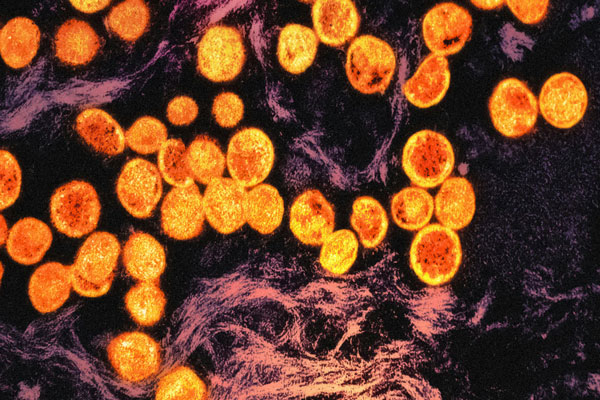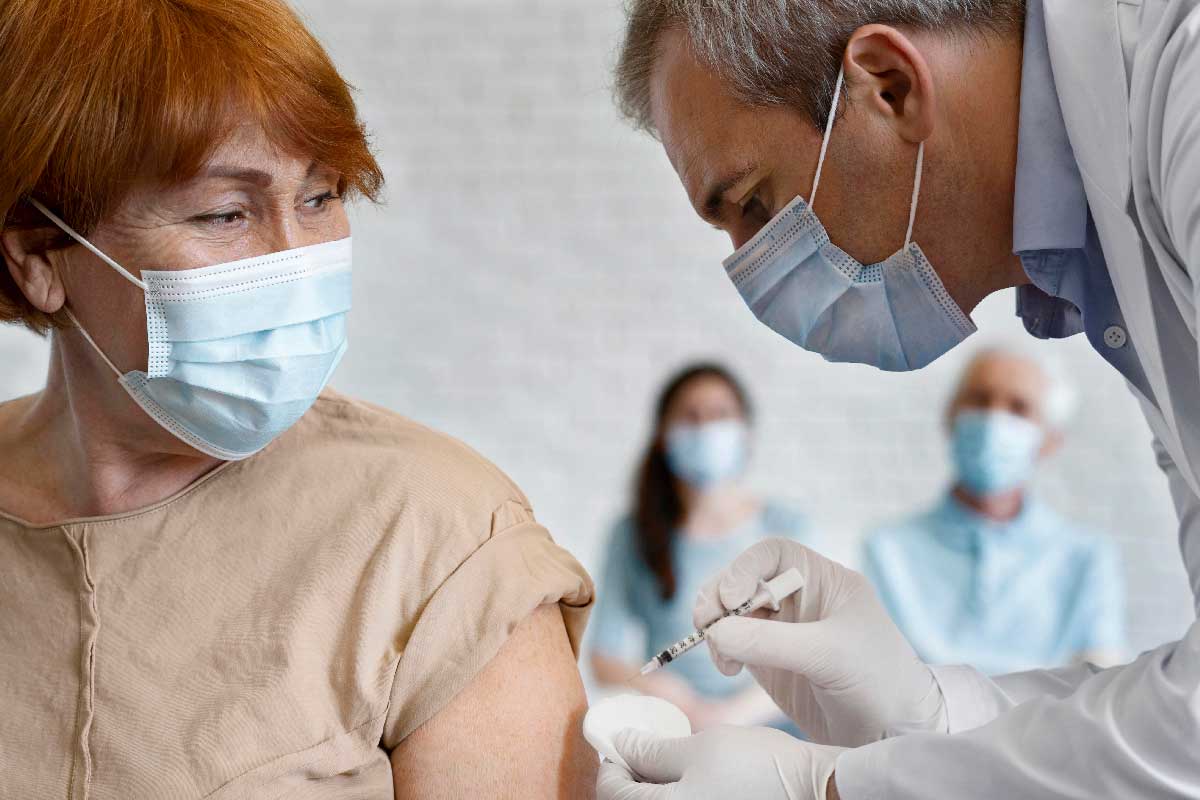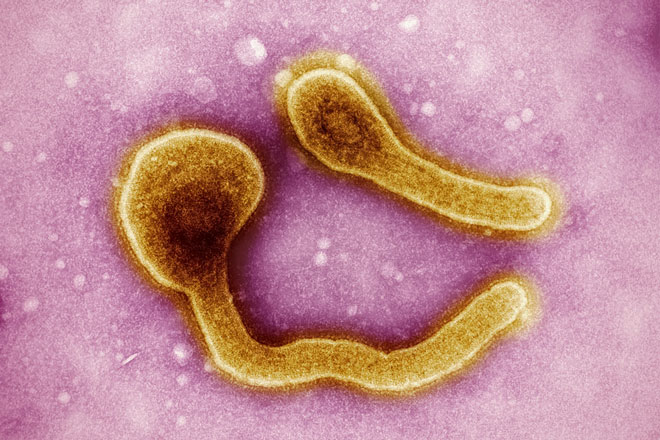How vaccines are protecting girls in Rwanda from a cancer-causing virus
The human papillomavirus (HPV) vaccine can protect one in two girls from one of the biggest causes of cervical cancer, according to a study of the first results on HPV effectiveness in Africa.
- 25 May 2023
- 3 min read
- by Priya Joi

What is the research about?
More than 95% of cervical cancers are caused by the human papillomavirus (HPV). An HPV vaccine has been approved since 2006, and in many high-income countries it is given as a routine vaccine to young girls around age 11, before they first have sex (as the virus is transmitted that way).
Sub-Saharan Africa has some of the highest deaths due to cervical cancer in the world, especially in countries like Malawi, Zambia and Zimbabwe, yet uptake has been slow: as of 2019, just a quarter of its 54 countries had national HPV vaccination programmes. Gavi is aiming to change that, with introductions planned in several countries over the coming months and years.
“The results are highly encouraging for LMICs working to improve HPV vaccine coverage rates or introduce the vaccine.”
Rwanda was one of the first African countries to implement a national school-based HPV vaccination programme, with consistently high (≥90%) coverage over the past decade. This study in Lancet Global Health assessed the vaccine's effectiveness in the cohort of girls vaccinated in 2011 who are now becoming sexually active.
What did the researchers do?
The researchers undertook cross-sectional surveys to test for the presence of HPV in in sexually active young women in Rwanda in 2013–14 and again in 2019–20 in sexually active women aged 17–29 years at health centres in the Nyarugenge District of Kigali, Rwanda.
Have you read?
What did they find?
Felix Sayinzoga, Ministry of Health, Rwanda Biomedical Center, Kigali, and colleagues showed the vaccine had prevented 47% of vaccine-targeted HPV types (HPV6, 11, 16, and 18).
It is still too early to assess the effect of the HPV vaccine on the incidence of cervical cancer, which can impact girls decades after they are vaccinated, in Rwanda, but the study did find a reduction in the prevalence of vaccine-targeted HPV types from 12% in the baseline survey to 5% in the repeat survey.
What does this mean?
This vaccine effectiveness was lower than in clinical trials, but as an accompanying commentary in the journal says "the results are highly encouraging for LMICs working to improve HPV vaccine coverage rates or introduce the vaccine".
What is concerning is that Sayinzoga and colleagues found that vaccine effectiveness was lower in women living with HIV compared with HIV-negative women (24% vs 55%). It may be that preventing HPV infection in girls with HIV will require a booster or other preventative action.
The study also points to the importance of schooling and educating as a way of reaching girls with the HPV vaccine. Rwanda's universal primary education system made systematic vaccination of girls possible, and other countries without such a robust school system will need to find other ways to reach girls with this lifesaving vaccine.









